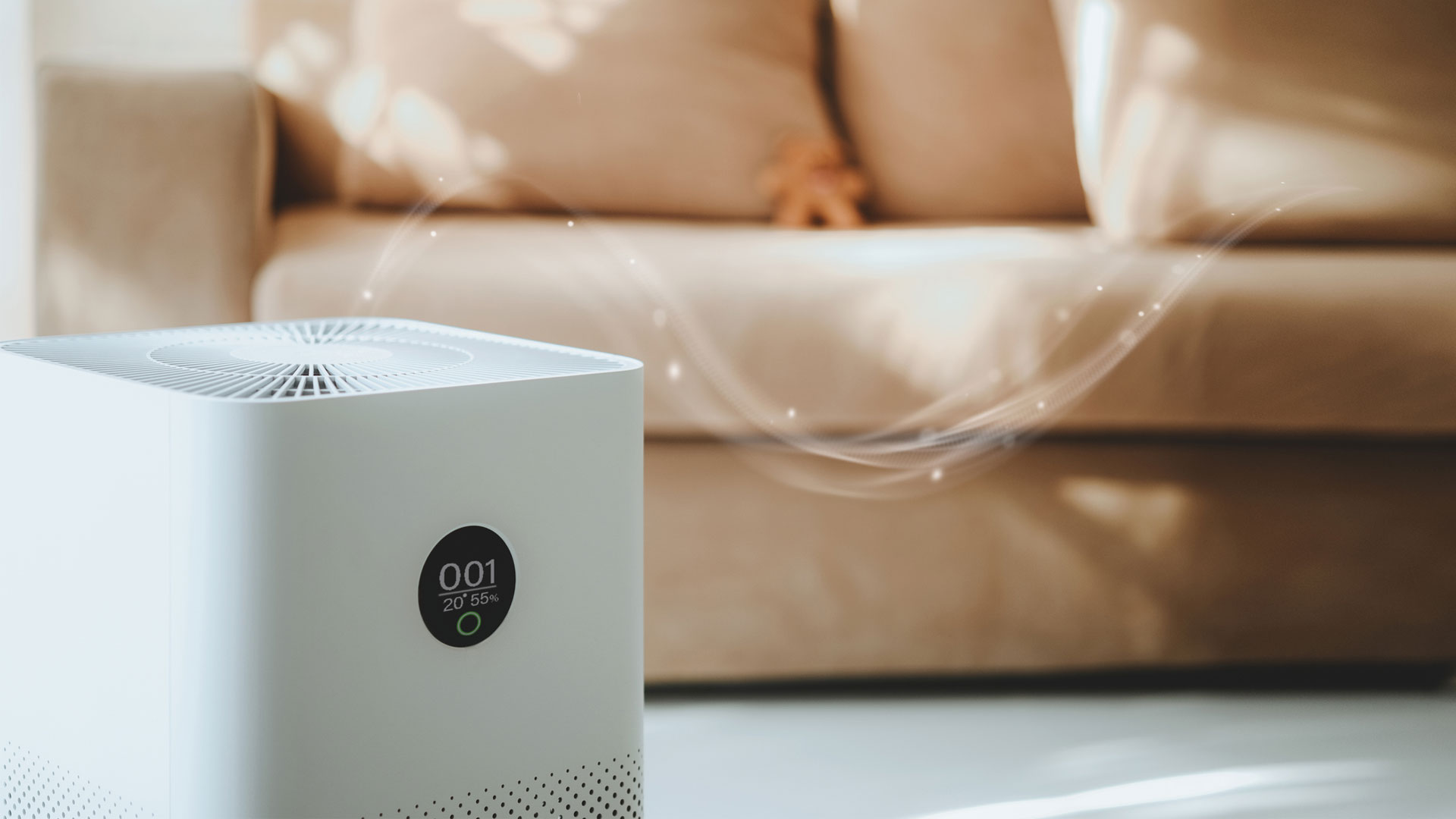How well do air purifiers work?
Air purifiers are intended to remove allergens and pollutants from the air, but how well do they really work?

Air purifiers, also known as portable air cleaners, are household appliances that improve indoor air quality by removing airborne pollutants from circulation. Many of the best air purifiers boast filters that can trap at least 99.97% of particles measuring as little as 0.3 microns. This means that, in theory at least, they can get rid of smoke, dust, pollen, mold spores, pet dander and many other airborne allergens.
But do air purifiers actually work as advertised, and can they really help people with allergies and respiratory conditions?
The answer to this question is not straightforward. A 2024 analysis in the journal Science of the Total Environment looked at 148 studies that considered real-world use and found that on average, filters cut the number of small particles in the air by only half. Filters did little to reduce volatile gases, or vapors, the study found, but they did a better job of trapping biological pollutants like bacteria, viruses, fungi and pollen.
(That said, one problem that limited the filters' effectiveness was that people ran the purifiers at low airflow settings or for only short periods of time.).
It may be that the majority of commercially available air purifiers have minimal impact on improving air quality, Dr. John Warner, an emeritus professor of pediatrics at the National Heart and Lung Institute, Imperial College, London, told Live Science.
"Many of them suck in air and blow it out again," he said. "That said, those with HEPA filters can catch particles down to a very small size, but at the same time they create vortices that stir up any dust that happens to be around them."
Most air purifiers available today consist of one or multiple filters and a fan that draws in and circulates air. As air travels through the filter, particles are captured and the clean air is pushed back out into the living space. As a result, an air purifier's filters, which are typically made of paper, mesh or fiber, have to be replaced regularly in order to maintain efficiency. The frequency with which they need to be replaced will depend on the type of air cleaner and the amount you use it, although some appliances come with washable and reusable filters.
- Related: How do air purifiers work?
Because of the turbulence air filters create, Warner said, someone would have to be situated a very short distance from an air purifier for it to have any real impact. "For an air purifier to pull out particles, you would have to stir them all up from the floor, soft furnishings and anywhere else, and of course they would accumulate again fairly quickly. Often, better ventilation is achieved by having a door or window open to allow the air to flow," Warner said.
This also means that air purifiers may not perform nearly as well in real-life situations as they do in carefully controlled laboratory tests. According to that 2024 analysis, portable air cleaners removed on average 49% of 2.5-micron particles and 44% of 10-micron particles — far less than the percentages that are often promised by manufacturers.
Air purifiers tend to produce better results when used alongside other pollutant-reducing measures, such as proper ventilation, according to a 2024 review published in the Journal of Allergy and Clinical Immunology.
This article is for informational purposes only and is not meant to offer medical advice.
RELATED STORIES
— Do air purifiers help with dust?
Sign up for the Live Science daily newsletter now
Get the world’s most fascinating discoveries delivered straight to your inbox.
Helen Alexander is a London-based writer, who has previously held managing editor positions at a number of publishing titles, and has project-managed content hubs for a number of global brands, including Bupa, Pfizer and Siemens. Having turned freelance four years ago, she now specializes in writing about health, travel and food.
- Anna GoraHealth Writer











